Lilacs are reminiscent of colonial architecture, seaside villages, and quiet farmsteads alike. Available in many shades of pink, purple, lavender, and white, their fragrant blossoms flower with abundance every spring.
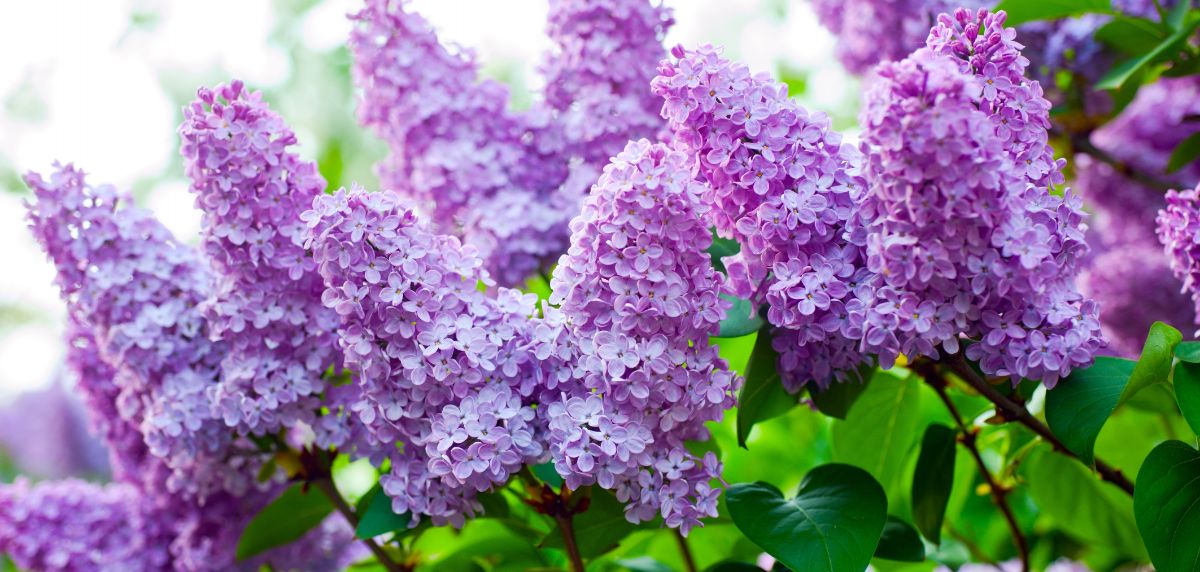
Lilacs are popular throughout much of the country, anywhere the winter gets cold enough. Lilacs need a period of cold weather to set buds for the next year, and will grow from USDA zones 2-7. People love lilacs so much that many towns hold Lilac Festivals every spring, complete with parades, tours, and craft vendors. Mackinac Island in Michigan devotes 10 days to their annual lilac festival, and it is worth checking out.
Lilacs are incredibly long-lived. Some of the oldest lilacs in the country are at the Governor Wentworth historical mansion in New Hampshire and may date back to the 1750s. Lilacs can easily live for generations with a bit of care.
If you’d like more of these long-lived beautiful shrubs, learning to propagate them will provide you with free lilacs to your heart’s content. Propagating lilacs is also an excellent way to take a favorite lilac with you when you move or to ensure that a lilac that’s been in the family for generations isn’t lost.

Jump to:
- Types of lilacs
- Ways to Propagate Lilacs
- How to Propagate Lilac Plants by Dividing Suckers
- How To Grow Lilacs From Cuttings
- To Root Softwood Lilac Cuttings in Soil:
- Tips for Growing Lilacs
- Enjoy Your Fragrant Lilacs in a Bouquet
- Deadhead and Prune Your Lilacs
- Soil, Sunlight, and Fertilizer Needs of Lilacs
- Pests
Types of lilacs
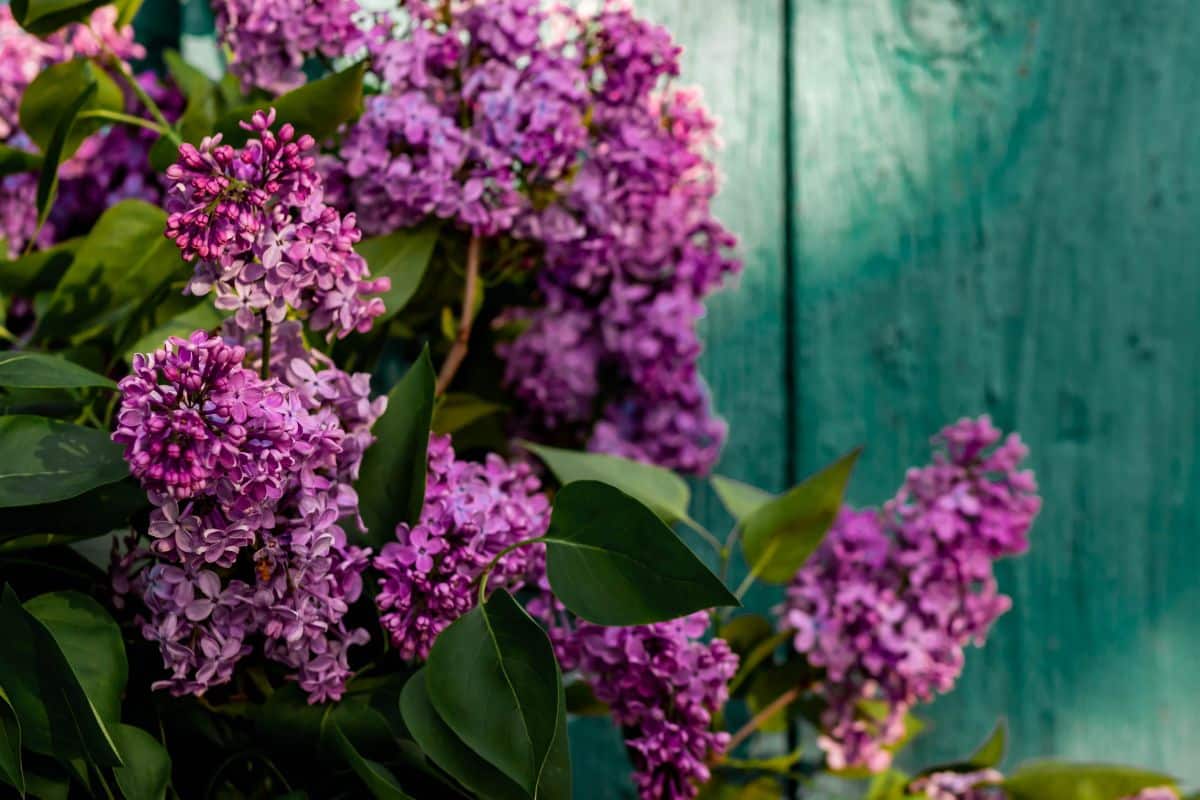
All ornamental lilacs are members of the genus Syringa. Common lilacs, Syringa vulgaris, hail from Europe. Most other species are from Asia. Lilacs are available as ‘dwarf,’ Persian, Himalayan, and many other varieties.
French plant breeders worked with lilacs so extensively that you may have heard of ‘French’ lilacs as a variety. When trying to choose specific plants at the garden center, check the botanical name, and look it up if you want to be sure.
Lilacs come in seven recognized colors, ranging from white and pink to dark purple. Some cultivars flower earlier than others. Planting lilacs with differing blooming times and colors is a great way to extend your lilac enjoyment and provide a pop of color all spring long.
Ways to Propagate Lilacs
Lilacs are available at nurseries and greenhouses in spring, but buying enough plants for a fencerow or privacy screen can be expensive and your options may be limited. Lilacs can be propagated via cuttings or transplanting suckers, which readily sprout each year. With a little effort and even less expense, you can have many new lilac plants to use in your yard.
Whether from a neighbor’s lilac, or one growing at an abandoned homesite (get permission first), sources of lilac cuttings are readily available. If you’ve noticed a striking lilac and envied it every spring, read on to learn how to grow a copy for yourself. Then, take a plate of treats to the owner and ask. You’ll probably receive a ‘yes.’
How to Propagate Lilac Plants by Dividing Suckers
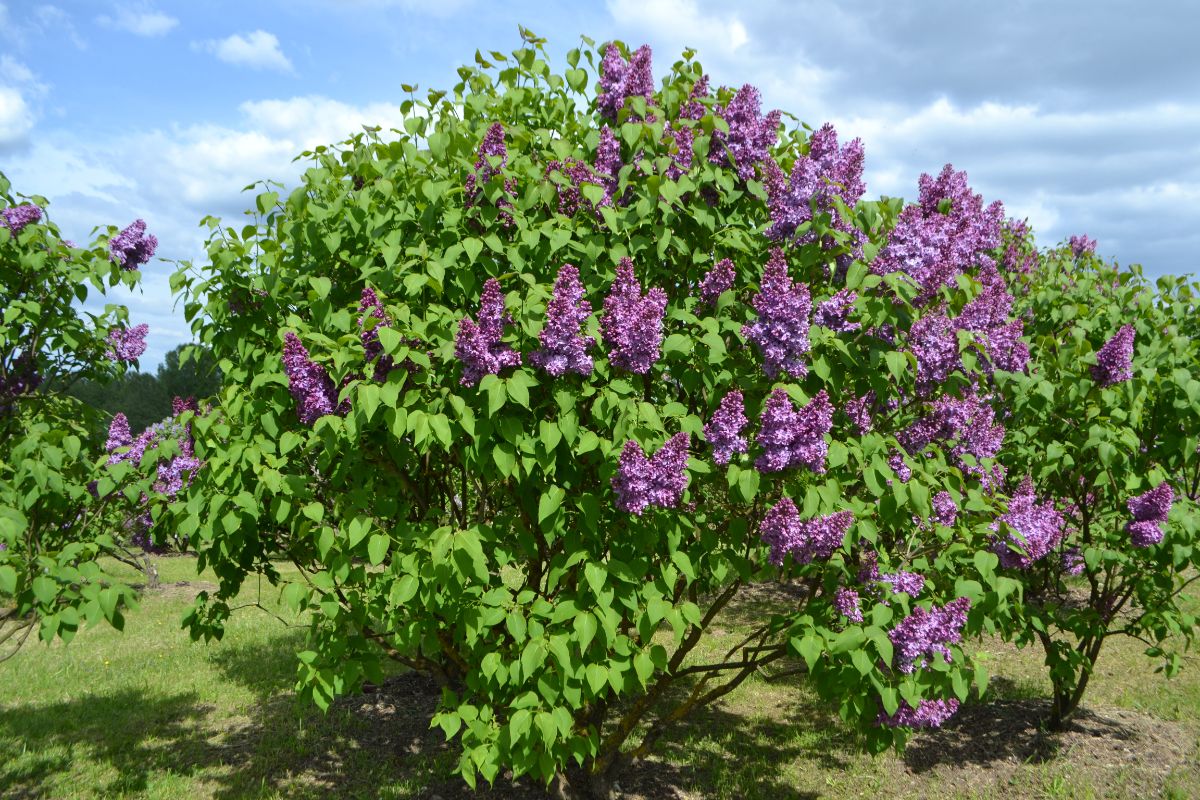
Dividing and transplanting suckers is the easiest, fastest, and most reliable way to propagate lilacs. If you have an established large lilac, it is probably sending out more suckers yearly than you or its owner would like. Take the opportunity to move some of them to a new location.
- Select suckers from the current year’s growth that are about a foot tall and have several sets of leaves.
- Use a spade to dig down around the sucker and sever it from the parent root. Grab a root ball as big as an ice cream pail if possible.
- Pick up the transplant, taking care not to dislodge all the soil, and move it to your new location. If you are driving it somewhere, put the whole thing in the bottom of a five-gallon bucket to minimize the mess in your car.
- Transplant your new lilacs. Tuck the roots in and firm the soil around the plant. You want to avoid any air pockets. Water thoroughly and apply mulch around the base of the plant to a depth of about two inches. Don’t mound the mulch around the actual stem of the lilac.
- Continue to water them well twice a week–unless it rains–for the first month, then weekly for the rest of the first growing season to help your new lilac become established.
How To Grow Lilacs From Cuttings
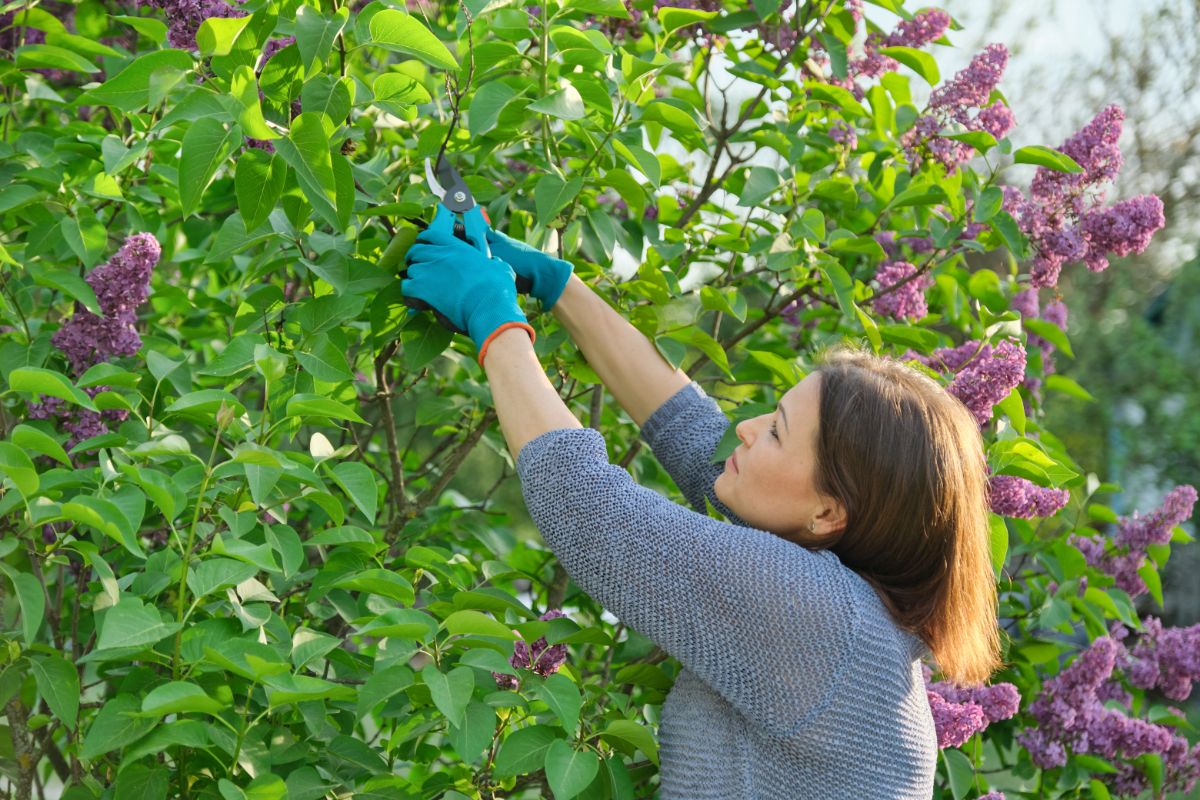
Lilacs have a reputation for being somewhat difficult to root. Softwood lilac cuttings are easier than hardwood cuttings to propagate. Take a few more than you need, as some will likely fail to grow.
To Root Softwood Lilac Cuttings in Soil:
- Select healthy young stems about 6 inches long and trim them with sharp scissors or secateurs.
- Gently remove the leaves from the bottom two or three nodes, leaving only the top set of leaves. The stripped nodes are where roots will develop. Ideally, you want at least two nodes to be in the soil.
- Dip the cuttings in rooting hormone. A more stronger solution of active ingredient is better for lilacs, but regular strength can be used.
- Multiple lilac cuttings can be started in one pot. Stick them in there with some neighbors to save space.
- Poke the lilac cuttings down into the medium until they are a third of the way from the bottom of the pot or container. For example, bury the cutting four inches deep if your container has six inches of potting mix.
- Firm the medium around the stems and place the container in a bright location out of direct sunlight.
- Keep the soil around the cuttings slightly moist but not soggy. A humidity dome or clear plastic bag over the top can be used to prevent the cuttings from drying out.
- In 4-6 weeks, you can check the progress of your new lilac roots by gently giving the stems a little tug. If there is resistance, your lilac cutting has grown roots. If you accidentally pull it out and there are no roots, just replace it and wait a bit longer.

Once your cuttings are developing roots, repot them to individual containers to continue to grow. Transplant them once new shoots and leaves are beginning to show.
Tips for Growing Lilacs
Lilac bushes will live practically forever and do not need much from you to do so. However, a little yearly attention can promote a healthier, more robust plant that will flower more consistently and impressively.

Enjoy Your Fragrant Lilacs in a Bouquet
Lilacs have a reputation for being ‘wilty’ when harvested for use as cut flowers. Follow these steps to make them last for days. Lilacs don’t open much after being cut, so harvest a stem when about three-fourths of the blooms are full.
- Take cuttings in the early morning when the flowers are fully hydrated.
- Immediately after cutting, stick them in water. Right away. Don’t wait until you get in the house ten minutes later. Bring a bucket full of cool water. Let them remain in the pail for an hour in a shady spot before arranging.
- Fill a vase with clean water and a flower preservative. You can purchase a bag of one hundred packets online and use it with all of your flowers. Keep some on hand.
- Remove all foliage.
- Snip a ¼ inch off the bottom of the stem to make a new surface. Cut at a 45-degree angle to allow more area for the stems to take up water. Make a fresh cut at the bottom of the stem daily.
- Set the vase in a cool place, out of direct sunshine. Spots near the stove or top of the radiator are too warm and will shorten the vase life of your lilacs.
Deadhead and Prune Your Lilacs
Lilacs flower on ‘old wood’, meaning that if you prune in the winter, you will remove flower buds. Any pruning should be conducted immediately after the flowers are spent.
To encourage more flowering next year, deadhead lilacs after the current season’s bloom has ended, but before the old flowers turn to seed.
Lilacs will still flower without deadheading but may be inconsistent. Use a hedge trimmer for more extensive plantings, and remove spent flowers down to the first set of leaves.
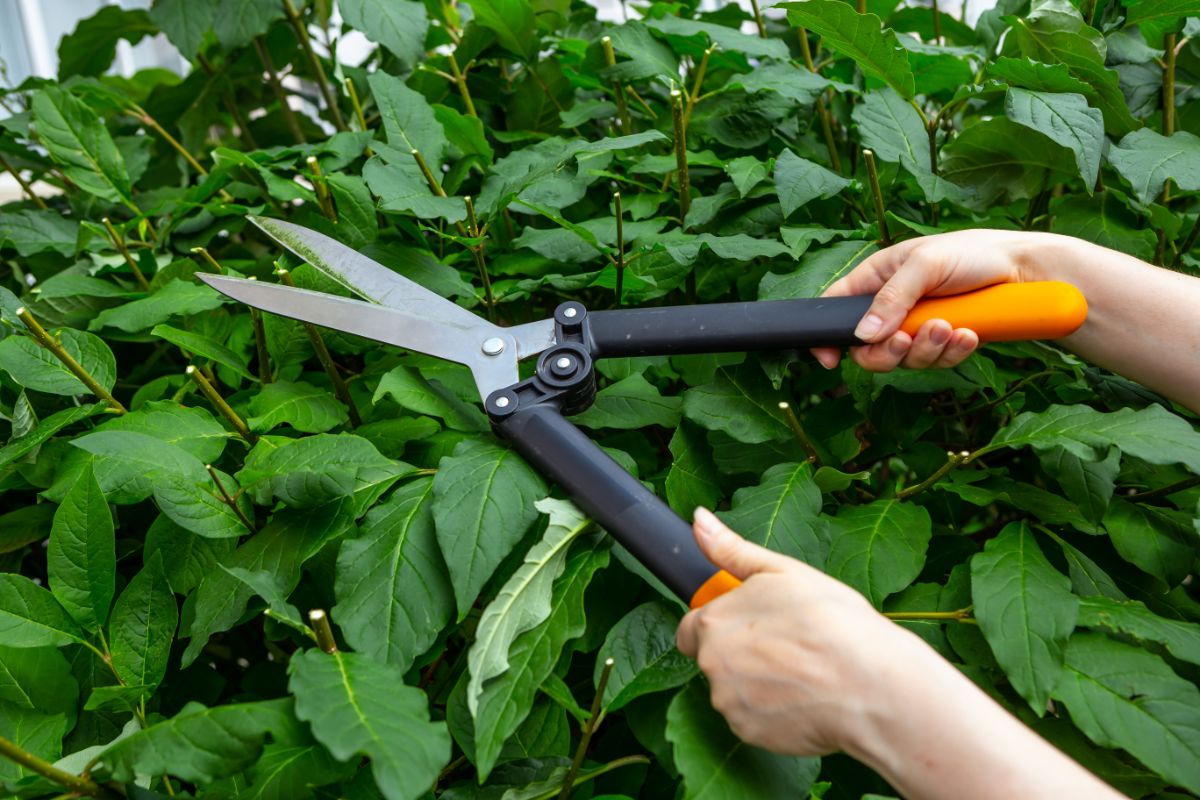
Large, old lilacs may benefit from periodic renewal pruning. Old stems may become tree-like and less vigorous, producing fewer flowers. Remove a few old, gnarly branches and any dead or broken branches yearly to promote airflow and light through your lilac.
Lilacs make suckers from their roots. If a slowly expanding lilac bush isn’t in your plans, you can keep them in check by mowing them or digging them up and making new lilacs, as above.
Soil, Sunlight, and Fertilizer Needs of Lilacs
Lilacs like to be planted in full sunshine and well-drained soil. Sites with poor drainage are not a good choice. If your property has heavy clay or poor drainage, make a large raised bed to plant your new lilacs. The berm will aid in drainage and prevent the plant from drowning.
Work some compost into a new lilac bed. A general-purpose fertilizer can be applied in spring if your soil is nutrient deficient.
Pests
Lilacs are resilient as long as they receive sunshine and are in well-drained but moist soil. Powdery mildew is a common problem but does not usually cause much harm to the shrub. It looks like white dust or powder on the otherwise darker green leaves.
Scale insects can be prevalent. The larvae are called crawlers and can be knocked off with a strong spray from your garden hose. The adults are immobile but can form crusts or layers if the population is high. Pruning off heavily infested branches and disposing of them can reduce the next generation.
Do you have a family favorite in mind to propagate? A favorite cultivar? Drop a comment below and share with us.

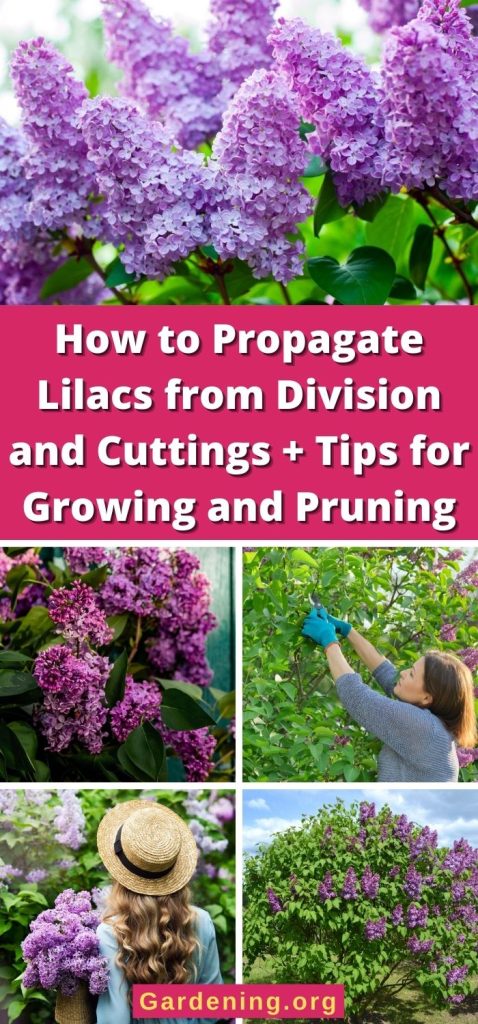
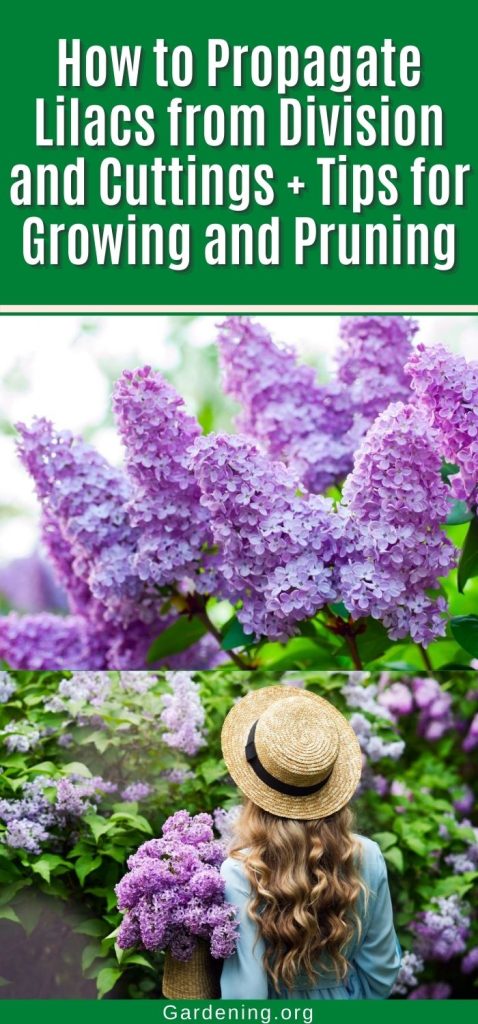
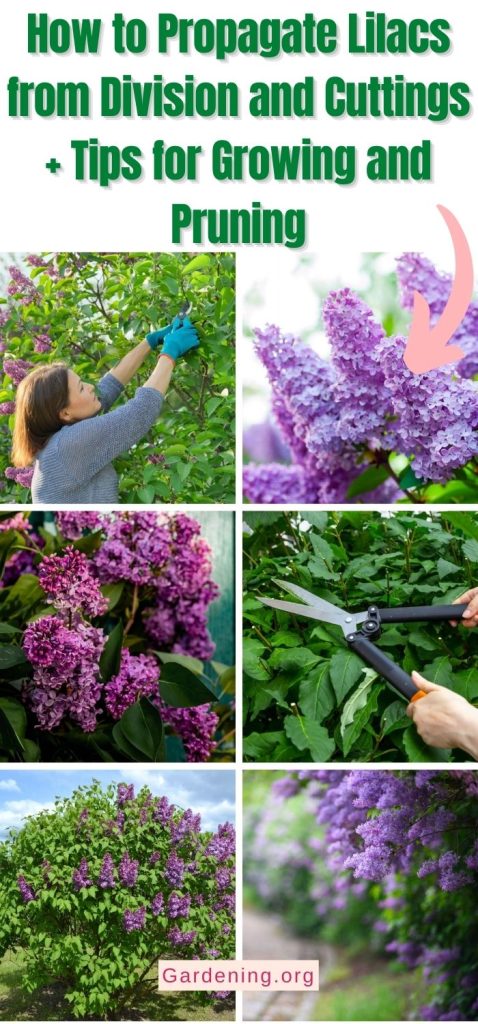
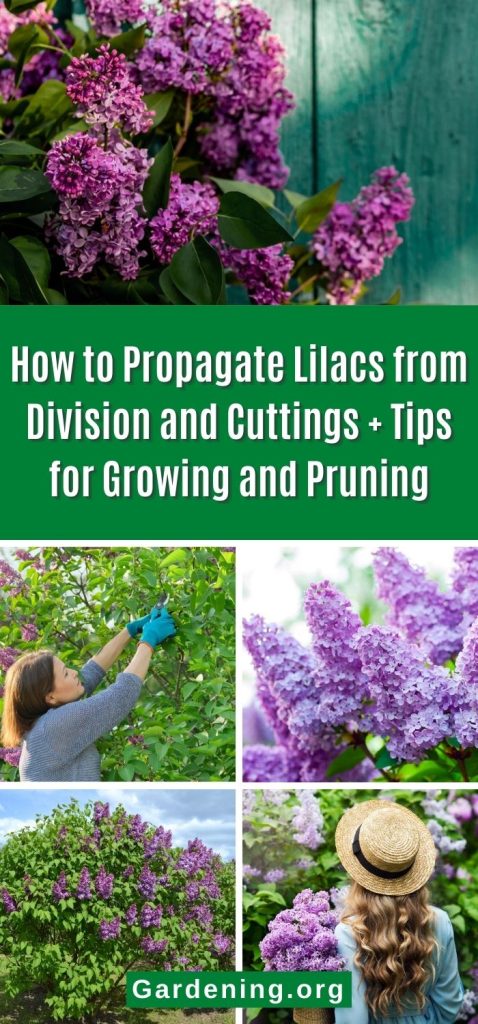



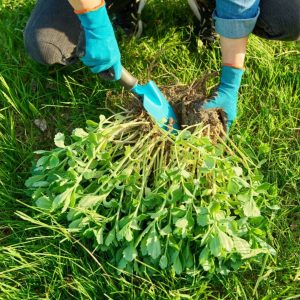
Arlene Pohlman
This is very good advice.my lilac bushes All don't bloom.
Jackie
My lilacs don't sucker. Are they a specific variety?
Mary Ward
Look around the ground in front of them. You might notice shoots that travel by shallow roots and come up. They often look like part for the larger bush and have some attachment by the roots but if you cut that with a shovel, they are well rooted on their own, too.
Mary Coakley
Got a lilac two years ago but for some reason it died but will try again for the scent alone the hydrangea and lilac instructions are great thanks